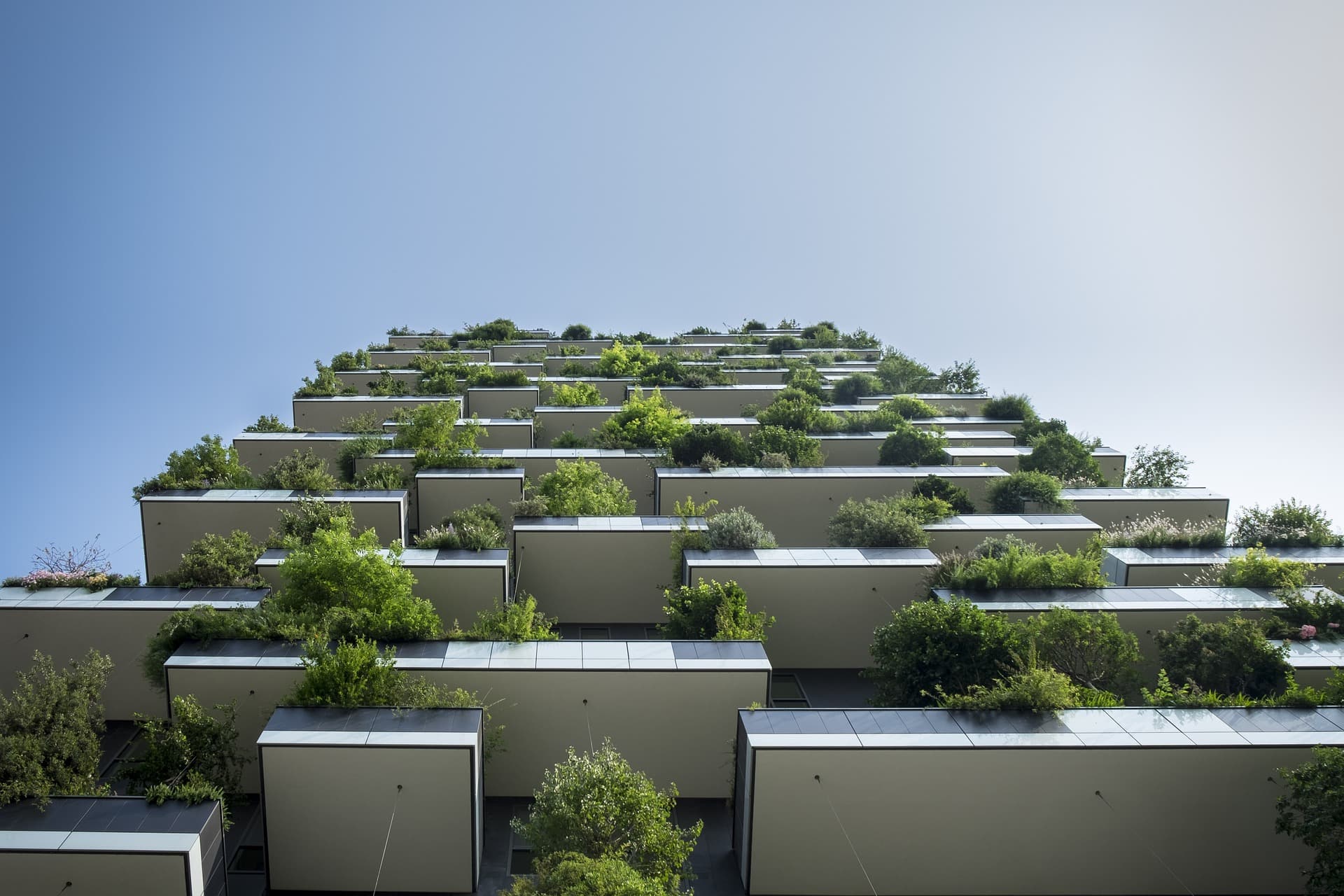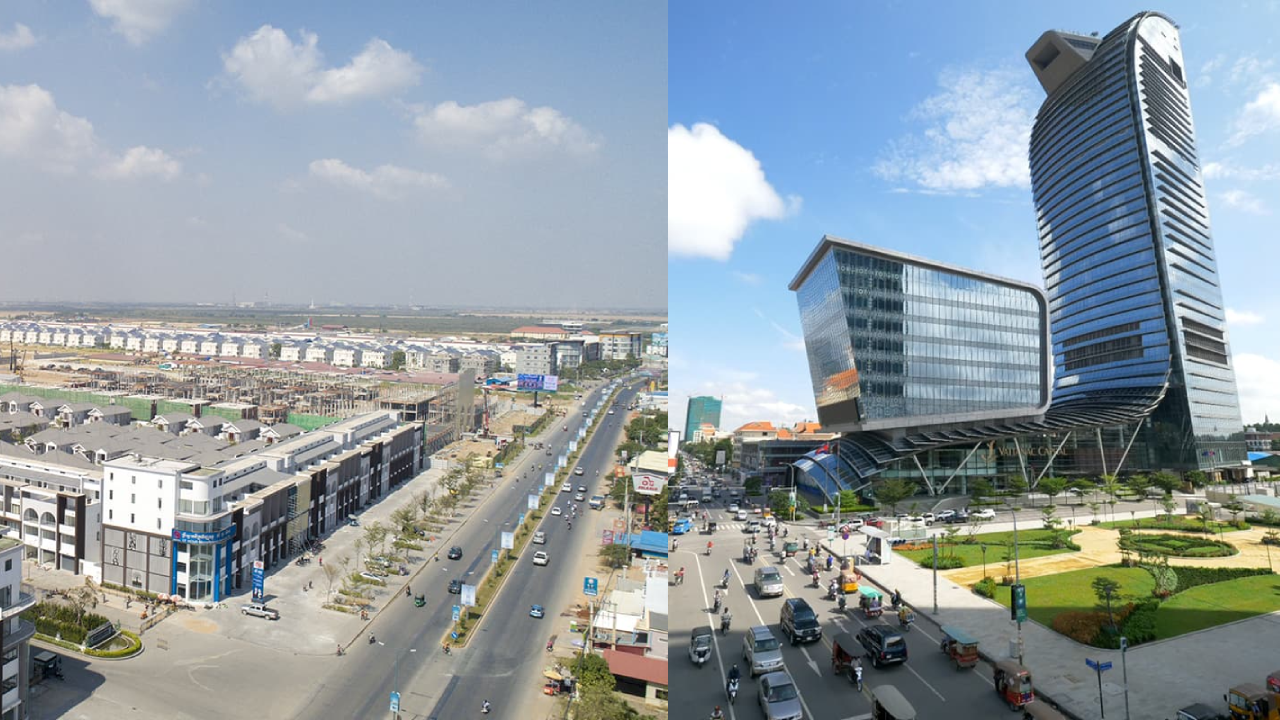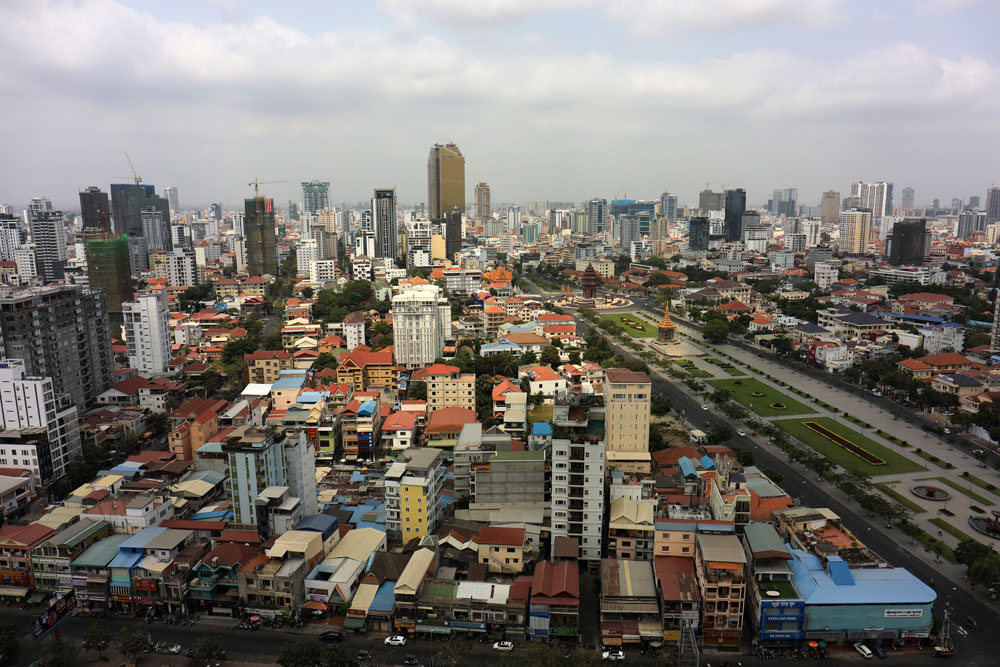
.jpg)
The outbreak of the COVID-19 pandemic shook the world to a point where 10 months later, the World Health Organization (WHO) continues to provide a variety of recommendations to prevent the spread of the pandemic. The recommendation advises people not to go to extremely crowded places, especially not to leave their homes, as people spend most of their time at home which means inside a building or a house.
Prevention and control of the spread of COVID-19 inside buildings are one of the most important ways to control the pandemic. Keeping the building clean, especially, shared spaces, elevators, staircases and the continued provision of fresh clean air are the top priorities. These measures are also included in the basic criteria of green building standards in any country.
Adequate replacement of fresh air does not only prevent COVID-19 infections but other respiratory diseases such as asthma. Moreover, the quality of materials can help prevent and exacerbate allergies by ensuring that buildings are green and adequately ventilated. In addition to these benefits for human health, green buildings are environmentally friendly and protect natural resources. Moreover, waste segregation and recycling reduce emissions and protect the environment from pollution. Controlling environmental pollution is also a way to prevent any infectious diseases from spreading.
The result of COVID-19 reminding us that, focusing on the health and safety of buildings now, we need to be prepared, able to respond appropriately, and able to respond to such major disasters around the world.
.jpg)
Several actions and best practices that are currently being applied in green and healthy buildings are expected to become our lifestyle in the post-COVID-19 era. Such concerns and actions taken during the pandemic are also the main factors that differentiate an ordinary building from sustainable and healthy-oriented buildings around the world. Some of the main features of sustainable and healthy buildings are the following.
- Handwashing promotion
- Strict cleaning protocols and usage of cleaning products
- Increased supply of fresh air
- Usage of air treatment mechanisms such as usage of high-efficient filters and UV technology
- Humidity and Temperature control
- Safe and clean freshwater supply
- Lower density of office building spaces between workers
- Mental health promotion such as stress management support programs
- Emergency management plan
Overall, after this pandemic, the well-being, health, and safety of building occupants are expected to become the next top priorities for any building-related stakeholder. A new paradigm shift towards healthy and green buildings is urgently required to ensure resilient, healthy, and clean interior environments for all building occupants in Cambodia.
*This article is written by Susanne Bodach, Managing Director of BEE Incorporations Cambodia




Comments